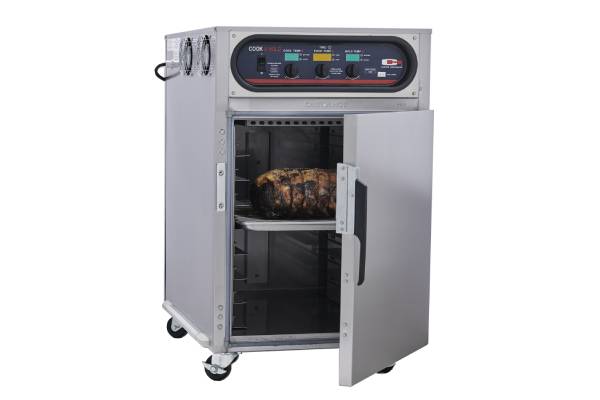
Commercial pizza ovens are at the heart of every pizzeria, producing crispy crusts and gooey cheese that keep customers coming back for more. But have you ever wondered about the science behind these incredible machines? In this article, we will explore the technology behind commercial pizza ovens and the role that science plays in creating the perfect pizza.
At the core of every commercial pizza oven is the heating element, typically made of ceramic, stone, or metal. These elements are responsible for heating the oven to the desired temperature, creating the perfect environment for baking pizza. The type of heating element used can impact the final product, with some ovens utilizing radiant heat while others use convection or conduction. Understanding how heat is transferred within the oven is crucial for achieving consistent and delicious results.
One of the key factors that sets commercial pizza ovens apart from their household counterparts is their ability to reach extremely high temperatures. Traditional wood-fired pizza ovens can reach temperatures of up to 900 degrees Fahrenheit, while modern gas or electric ovens can reach temperatures of 500-700 degrees Fahrenheit. This high heat is essential for creating the signature crispy crust and bubbly cheese that pizza lovers crave.
In addition to high temperatures, commercial pizza ovens also feature precise temperature control systems. These systems allow pizzaiolos to adjust the temperature of the oven to suit different types of pizza and achieve the desired level of doneness. Whether baking a thin and crispy Neapolitan-style pizza or a thick and chewy Chicago-style deep dish, the ability to control the temperature is essential for achieving the perfect bake every time.
Another important feature of commercial pizza ovens is their ability to distribute heat evenly throughout the cooking chamber. Uneven heat distribution can result in undercooked or burnt spots on the pizza, leading to an inconsistent and unappetizing final product. To combat this, ovens are equipped with fans, baffles, or rotating platforms that help circulate the hot air and ensure that every part of the pizza cooks evenly.
Many commercial pizza ovens also feature advanced insulation materials to help retain heat and improve energy efficiency. By minimizing heat loss, these ovens can maintain consistent temperatures and reduce cooking times, allowing pizzerias to serve more customers in less time. In addition, efficient insulation helps to reduce energy costs and minimize environmental impact, making commercial pizza ovens a more sustainable option for businesses.
One of the most exciting recent developments in commercial pizza oven technology is the introduction of smart ovens. These ovens are equipped with sensors, cameras, and digital controls that allow pizzaiolos to monitor the cooking process in real-time and make adjustments as needed. By providing precise data on temperature, humidity, and cooking time, smart ovens help chefs achieve consistent results and fine-tune their recipes for perfection.
Overall, the science of baking in commercial pizza ovens is a fascinating blend of heat transfer, temperature control, and efficiency. By understanding the technology behind these incredible machines, pizzaiolos can unlock the secrets to creating the perfect pizza every time. So the next time you bite into a hot and cheesy slice of pizza, take a moment to appreciate the science and technology that made it possible.